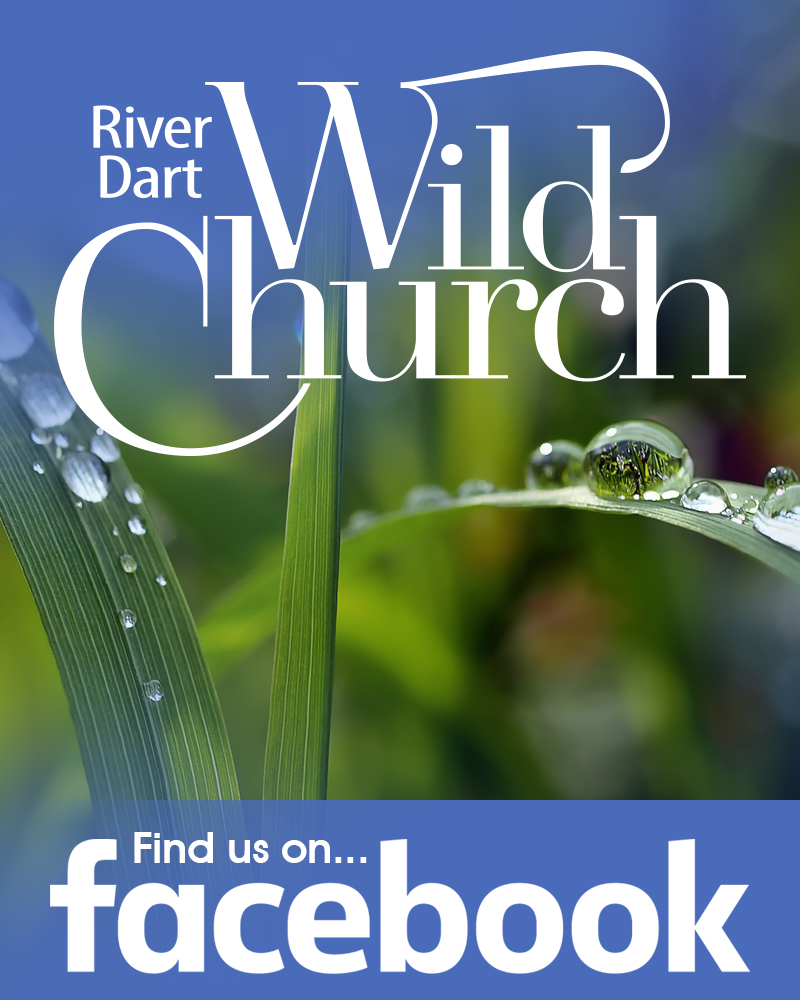Tomorrow is Trinity Sunday, so what better time to reflect on this famous icon (c. 1420 CE) by Andrei Rublev and to take a brief look at some different ways of understanding this core Christian doctrine, which has been wrestled with since the earliest centuries of the Church. As a woman and a feminist I personally dislike and avoid using the traditional all male language of ‘Father, Son and Holy Spirit’ which so often describes the Trinity in liturgy and many forms of Christian worship. Even that latter, potentially gender neutral, name for third person of the Trinity is usually understood as male, drawing on the masculine gendered words Spiritus Sanctus, from the Latin that was for centuries the liturgical language of the West. However Jesus and his disciples would have been more familiar with Hebrew nouns for the Spirit of God, such as Ruach (as used in today’s reading from Isaiah 40) which is grammatically feminine and also to the Greek pneûma which is gender neutral.
To a contemporary eye the three figures in the image above could well be three women seated by a tree in silent contemplation and conversation together around a table. Traditionally they are understood as the way in which God met Abraham and Sarah (founding father and mother of the Hebrew people, in chapter eighteen of the Biblical book of Genesis) in the form of three visitors under the great trees of an ancient sacred site at Mamre. Rublev’s painting is the most famous example of a type of icon often called ‘The Hospitality of Abraham’ which, as with exclusively masculine trinitarian language, effectively erases how these divine visitors shared the hospitality of Sarah, Abraham and the trees (shade and shelter being as vital and generous as food and drink in this context), and they told the couple that even now, in their old age, they would be blessed with a child, with transformation and a new beginning. Christian tradition has come to see in these three visitors an icon of the Trinity, of Divinity imagined as three persons in tri-unity. Benedictine monk, Gabriel Bunge, discusses how, in icon and liturgy, created image reflects the triune being of God, as ‘a living relationship, the relatedness of the created spirit to God’ (2007, p. 16) as depicted in the encircling, relational stance of Rublev’s three figures. Feminist theologians have engaged with Trinitarian discourse, aiming ‘to communicate the inter-relationality of the cosmos and the need for humans to take responsibility in and for the world’ (Bacon 2016, p.4), in contrast to the androcentric nature of traditional Trinitarian language, which:
‘ideologically reinforces the male as the archetype of humanity and as closer to the divine, with the language of ‘Father and Son’ often operating to justify rather than subvert male power and male dominance. It is, therefore, no surprise that this doctrine has been targeted by feminist theologians for investing the dynamics of patriarchy with theological credence.’ (p.197)
But freed from exclusively masculine and patriarchal language and imagery, she argues that the Trinity ‘can revolutionize the way in which we relate to other bodies and the world as a whole’, offering a way of imagining God as ‘diversity in communion’ and affirming the value of difference, subjectivity and interconnectedness. Elements of such relational and embodied themes, albeit often in androcentric language, have also been expressed since the beginnings of Christianity. Olivier Clement draws on the writings of the early Christian Mothers and Fathers to articulate a trinitarian revelation of how God in Christ ‘by becoming incarnate, has reopened for us the paradisial dimension of the world’ (2015, p. 223) in which all creatures shine with and reveal the light of the Creator.
So if the Trinity as a whole can be reclaimed as ‘diversity in communion’ and the Holy Spirit has been grammatically gender diverse from the beginnings of Christianity, what of the other two persons of the Trinity? This is a vast discussion but even a brief look at the names for God that Jesus would have known from the Hebrew Scriptures can offer some inspiration. One of the most common, Elohim, is usually translated and understood as the singular male God, yet it is a plural noun. This comes across, for example, in Genesis 1:27 which describes Elohim creating people in their own image as male and female. This divine diversity also comes across in another frequent name, usually translated as ‘Lord of Hosts’ from the Hebrew Jahweh Tsev’ot. In ancient Biblical times both Elohim and Jahveh were each one half of a divine dyad of a male God and female Goddess, Elohim with Elat and Jahveh with Asherah (Patai, 1978) and Jahweh Tsev’ot retains some sense of this, being made up of a singular male noun and a female plural one. These are just two examples of how, even at the level of language alone, the Bible has a more complex depiction of the first person of the Trinity than that of simply ‘God the Father’.
The Catholic feminist theologian, Elizabeth Johnson can similarly help us to re-approach the second person of the Trinity. She challenges how, ‘a mentality centered on the priority of men has taken identification with Christ as its own exclusive prerogative, aided by a naïve physicalism that collapses the totality of the Christ into the bodily form of Jesus’ and she reminds her readers to reclaim the scriptural support for how ‘the beloved community shares in this Christhood’ (2015, p. 71-72). For example, ‘All of you together are Christ’s body, and each of you is a part of it’ – 1 Corinthians 12:27. Heard in this expanded way, the person of Christ within the Trinity can also be a depiction of the divine as diverse and multifaceted, as present in human beings and in the whole community of life.
Johnson refers to Rebecca Chopp’s (2002) articulation of feminist theological discourses as ones of ‘emancipatory transformation, pointing towards new ways of living together with each other and the earth’ (2015, p. 5) and Johnson describes such transformation using the theological term salvation. She writes, ‘For the sake of our salvation: on the wings of this principle feminist hermeneutics lifts off from imprisoning discourse and flies around the Scriptures seeking what has been lost, to practical and critical effect’ (2015, p. 79). In that spirit I think it’s time we re-imagined and reclaimed the whole diversity of gender and of life within the Trinity this Sunday.
References
Bacon, H. (2016) What’s Right with the Trinity? Conversations in Feminist Theology. London/New York: Routledge.
Bunge, G. (2007) The Rublev Trinity: The Icon of the Trinity by the Monk-Painter Andrei Rublev. US: St. Vladimir’s Seminary Press.
Chopp, R. (2002) The Power to Speak. Feminism, Language, God. Oregon: Wipf and Stock Publishers.
Clement, O. (2015) The Roots of Christian Mysticism. Translated by Theodore Berkely. Welwyn Garden City: New City.
Johnson, E. A. (2015) She Who Is. The Mystery of God in Feminist Theological Discourse. New York: Crossroad Publishing.
Patai, R. (1978) The Hebrew Goddess. Detroit: Wayne State University Press.








Leave a Reply